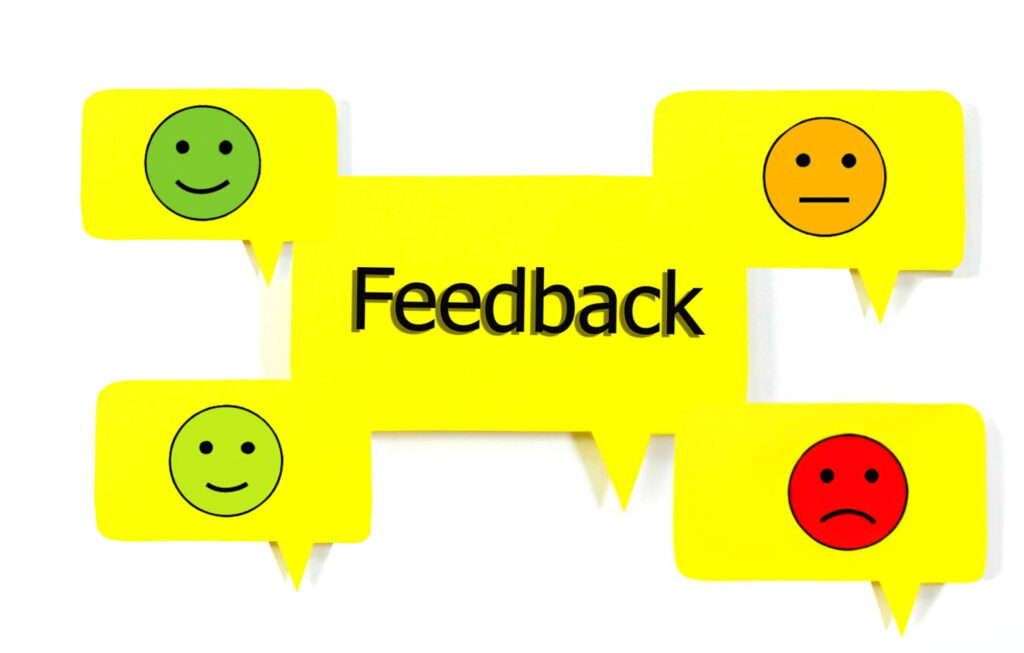Running a business is vibes… until that one notification hits:
“1-star: Worst customer experience of my life. NEVER AGAIN. ”
And suddenly your heart drops like the naira in a recession.
But chill. A negative review isn’t the end of the world. It’s a free PR test — and you can ace it if you play it smart.
Let’s break it down:
1. Negative Review ≠ Personal Attack
First things first — take your ego out of it.
Most bad reviews aren’t people coming for your life. They’re frustrated customers who just want to be heard. Instead of seeing it as an insult, see it as data.
Real, unfiltered insight into where your business might be slipping.
Yes, it stings. But that sting might just be what helps you level up.

2. Respond Publicly, But Calmly
You need to reply — fast, respectfully, and publicly.
Don’t:
- Ignore it.
- Argue in the comments.
- Type like you’re fighting your ex.
Do:
- Acknowledge the issue.
- Apologize (even if it’s not fully your fault).
- Offer a path to resolution.
Pro Tip: Everyone’s watching how you respond. You’re not just replying to that customer — you’re showing future customers how you handle mistakes.

3. Slide Into Their DMs (Professionally)
Once you’ve acknowledged the issue publicly, take the real convo offline.
“Thanks for the feedback, Chuka! Please DM us your order number so we can sort this ASAP.”
This makes you look like someone who takes customer service seriously — not someone who lives in the comments section.

4. Actually Fix the Issue
Some businesses apologize without doing anything. Big mistake.
If your food took 2 hours to deliver, fix your delivery chain.
If your staff was rude, have that training session.
If your website glitched, upgrade your tech.
Because nothing’s worse than a second bad review about the same problem. That’s when people start whispering “scam.”
5. Track the Trends in the Complaints
One bad review? Cool.
Five reviews about the same issue? You’ve got a pattern.
Keep a log of what people are complaining about. Use it to:
- Spot weaknesses in your business
- Improve your customer experience
- Avoid repeat issues that cost you money and brand equity
Think of it as crowdsourced quality control.
6. Don’t Just Focus on Damage Control — Build Goodwill
If the only time you talk to customers is when they’re angry, that’s a red flag .
Reply to positive reviews too. Say thank you. Repost shout-outs. Hype your fans.
Why? Because if a bad review ever comes, you’ll already have a strong base of people ready to defend you. Community >>> Crisis.

7. Use Humor (Wisely)
If it fits your brand tone, a little humour can defuse tension. But don’t force it.
Bad:
“Maybe your taste buds are broken ”
Good:
“Clearly our jollof didn’t hit this time. We owe you a redemption plate.”
Remember: be witty, not wicked.

8. Encourage the Customer to Update Their Review (If You Fixed It)
If you fixed the issue and they’re happy now, politely ask if they can edit their review. Most people will if they feel seen and satisfied.
And if they do? Post that update.
Nothing slaps like “they made it right” energy.

9. Stay Consistent, Not Defensive
You don’t get to choose when your brand is “on.”
Even when tired. Even when right. Even when they’re being extra.
Consistency builds trust. Defensiveness breaks it.
If you’re in business for the long haul, you need to master emotional intelligence — not just logistics and sales funnels.
Your 9-Step Comeback Plan:
- Don’t take it personal.
- Respond calmly — and fast.
- Take the convo offline.
- Fix what needs fixing.
- Track patterns in complaints.
- Build goodwill daily.
- Add tasteful humour (if your brand allows).
- Encourage updates if you solve the problem.
- Be emotionally mature. Always.
A negative review doesn’t mean you’re failing. It means you’re in the arena.
And that’s where real brands are made.
You either panic and ghost…
Or show up, fix things, and leave people saying:
“They really handled that well.”





